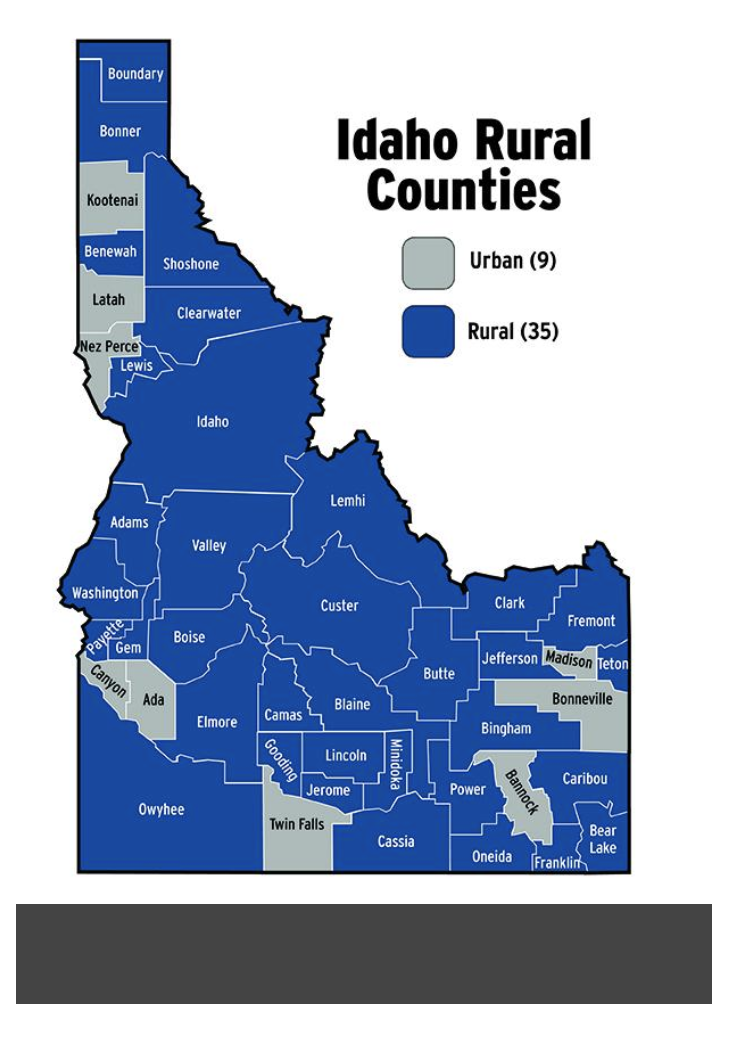MARSING — Idaho ranks 49th out of the 50 states in the rate of active patient care physicians. The state has 182 per 100,000 people compared to the national average of 227 per 100,000 people. Marsing, Melba and Weiser are all rural communities underserved with medical, dental and mental health resources.
According to the Idaho Department of Health and Welfare, about 95% of Idaho is federally designated as a health professional shortage area in primary care.

Troy Landes is a physician assistant who works at a medical clinic in Marsing alongside a small staff. He says with COVID-19, patient numbers have increased, and practicing medicine has been different than ever before.
"A lot of the people in the rural communities are the backbone of this nation. They are the farmworkers. They are the mom and pops, and it's just a very special thing to take care of them," Landes says. "We're doing car visits; we're doing visits on the street trying to protect our staff here and other patients."
Landes says the need for more physicians in remote communities is high.
"We just need more clinicians to join the rural clinic community really and provide care for these people, and it's a very rewarding career," Landes says.
In her third year of medical school, Lucia Carbajal is getting hands-on experience through Terry Reilly and learning to become a doctor. The ability to handle all different medical needs is what drew her to rural medicine.
"Your just kind of the first point of contact for these patients, and it can be anything from mental health problems to a child with an acute respiratory illness, and it has been really interesting to get that kind of variety," Carbajal says. "Especially in clinics like Marsing and Melba where it's the only clinic in town, whatever comes through the door is whatever you see."
In some of Idaho's more remote areas, the closest doctor can be a 45-minute drive away. Carbajal says being a rural doctor and treating someone for almost any illness is very special to her.
"Having done this trust program which is for rural underserved medicine, it has opened my eyes to wide scope that family med doctors can do in more rural settings," Carbajal says.
Carbajal hopes to work closer to her family who resides in Weiser after she completes medical school.




